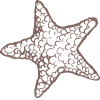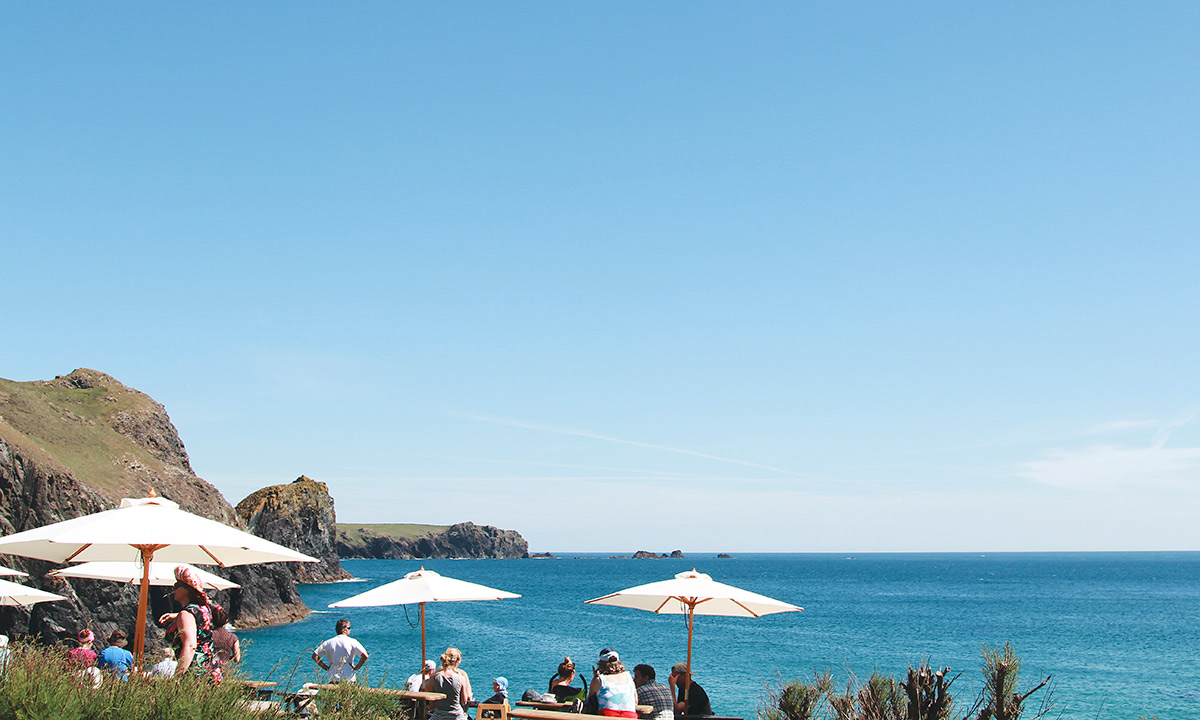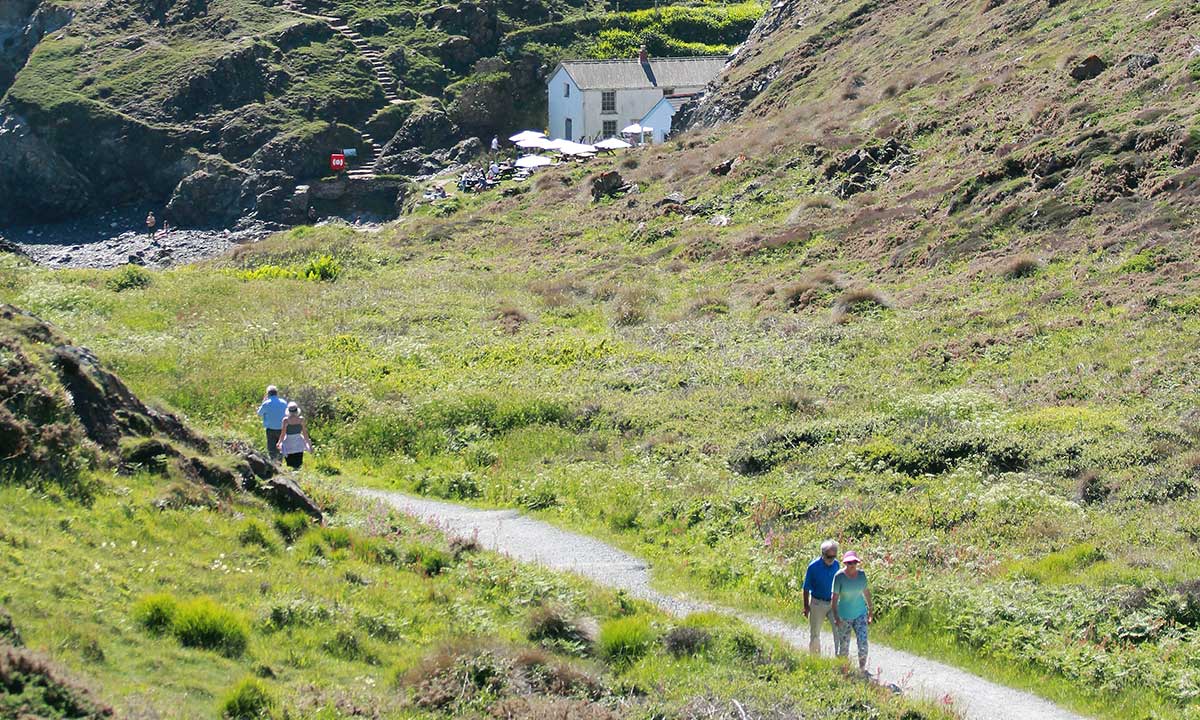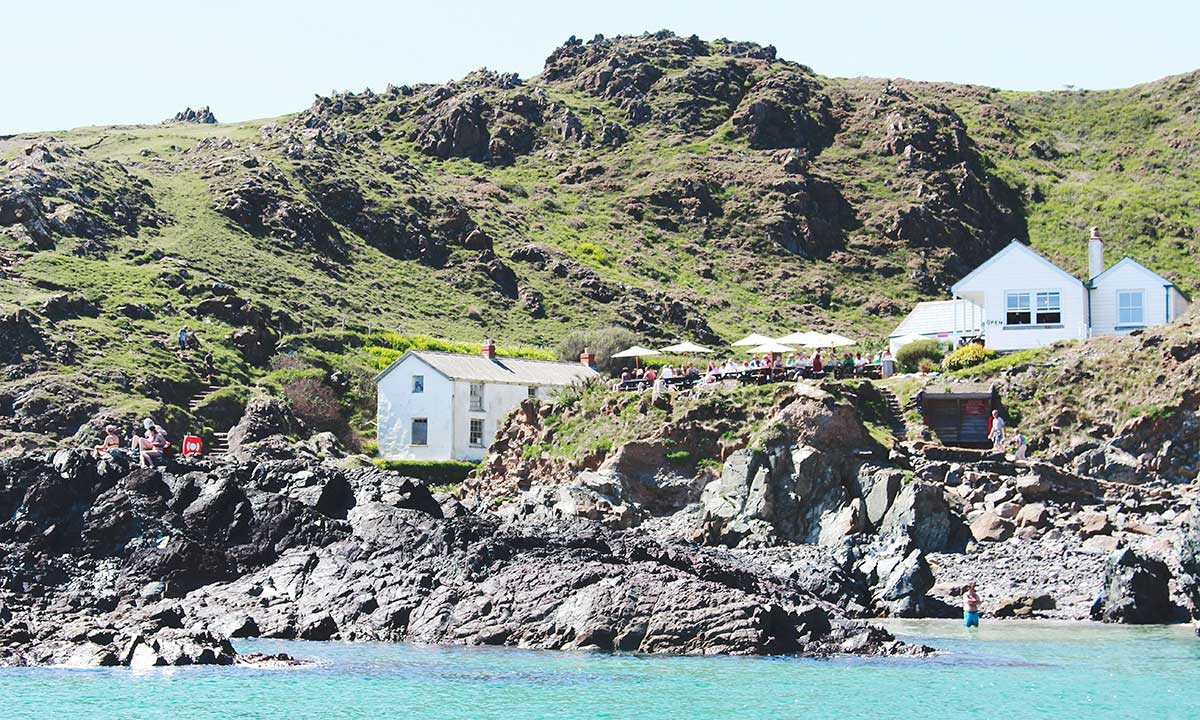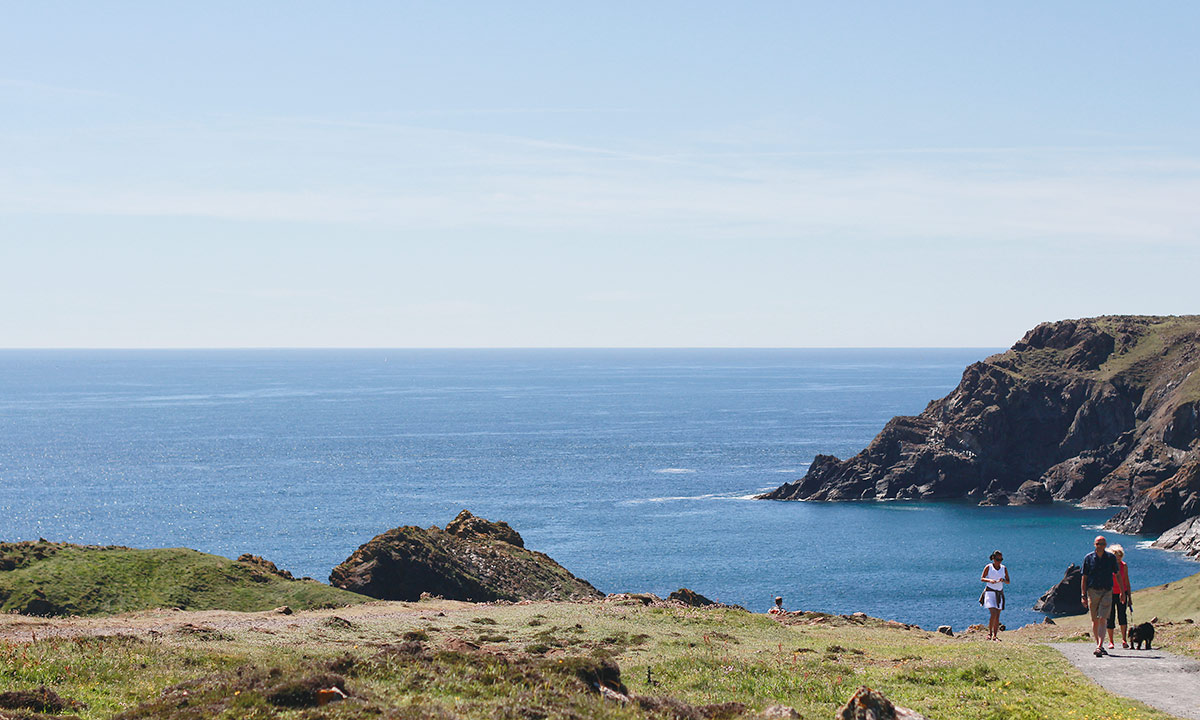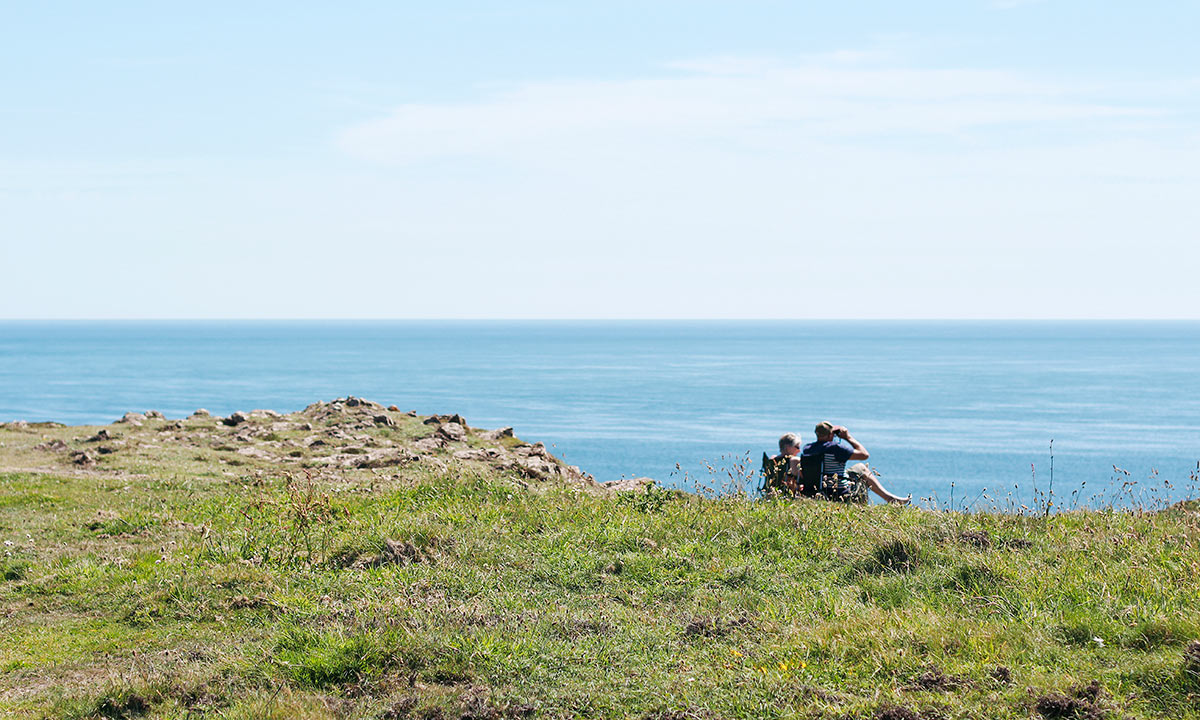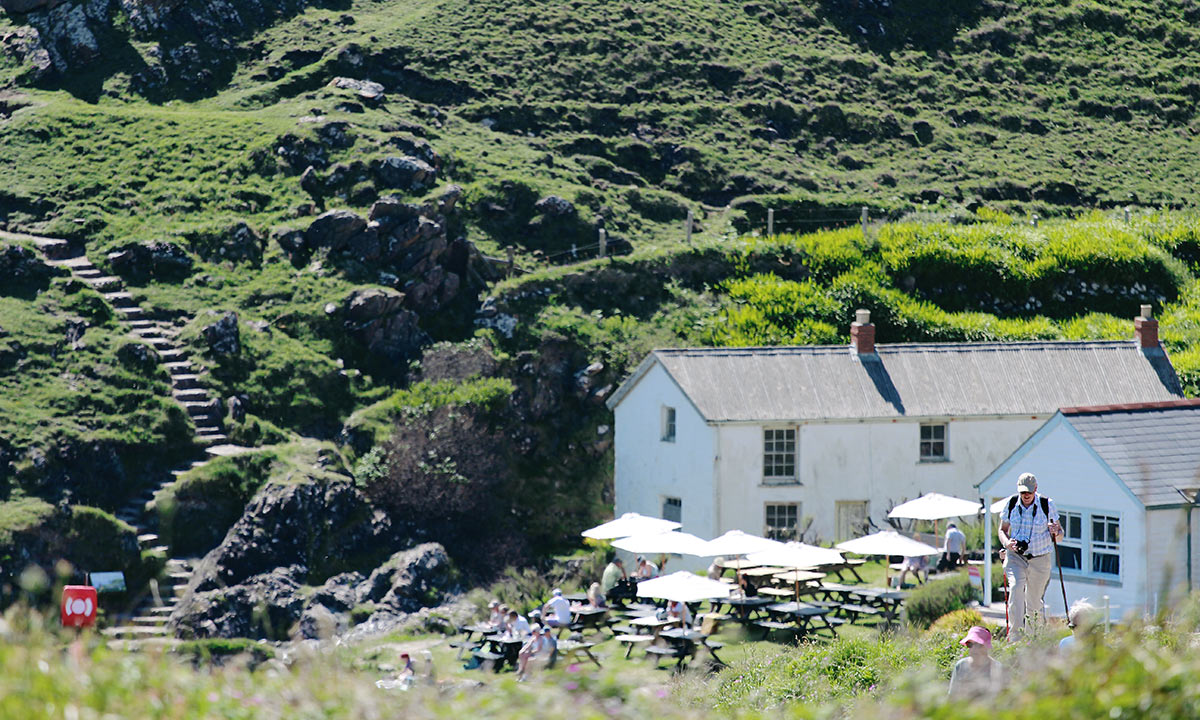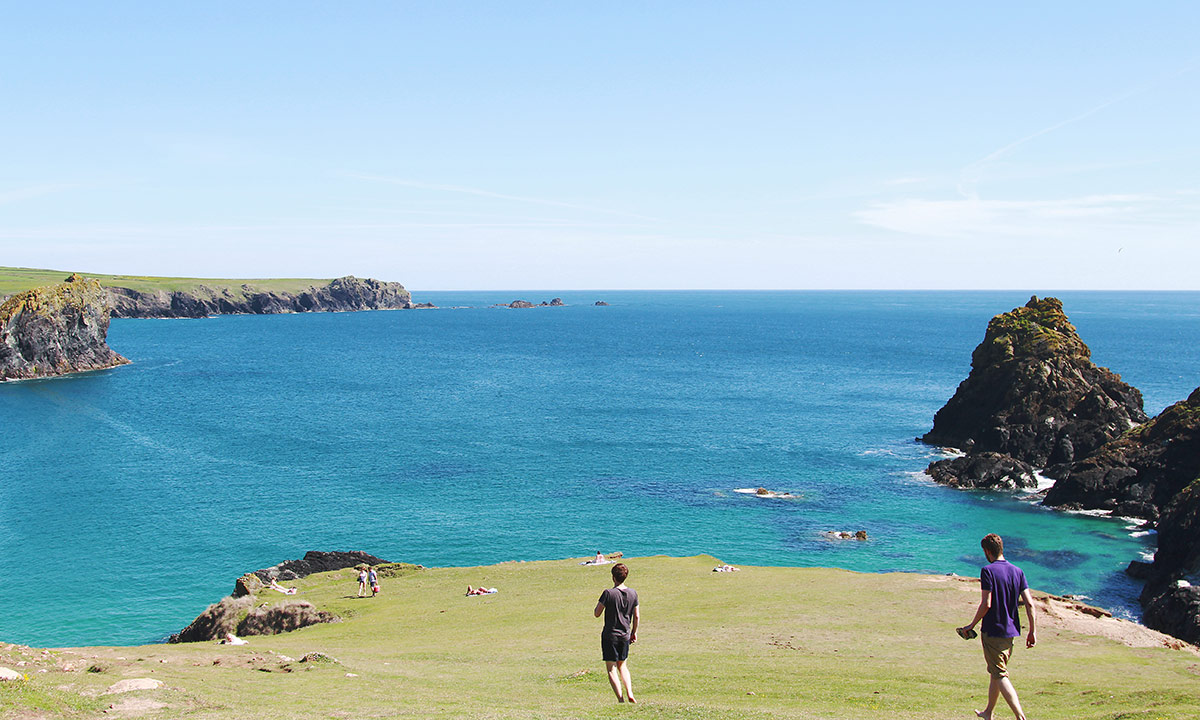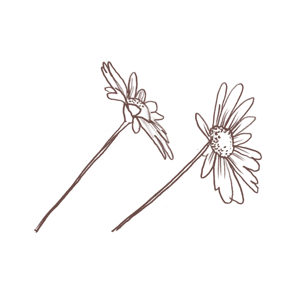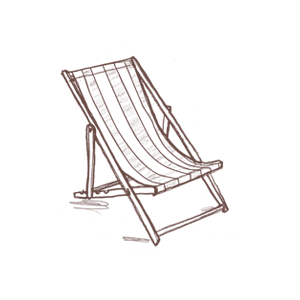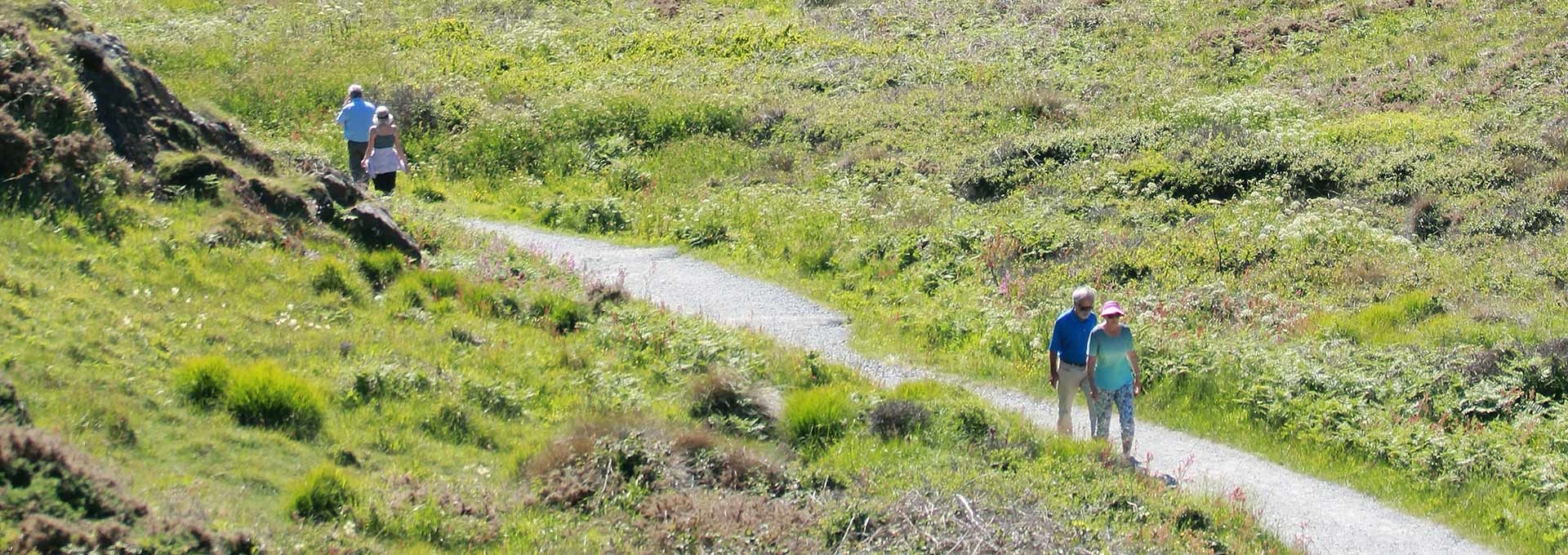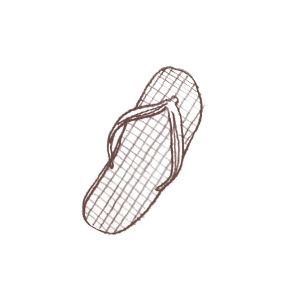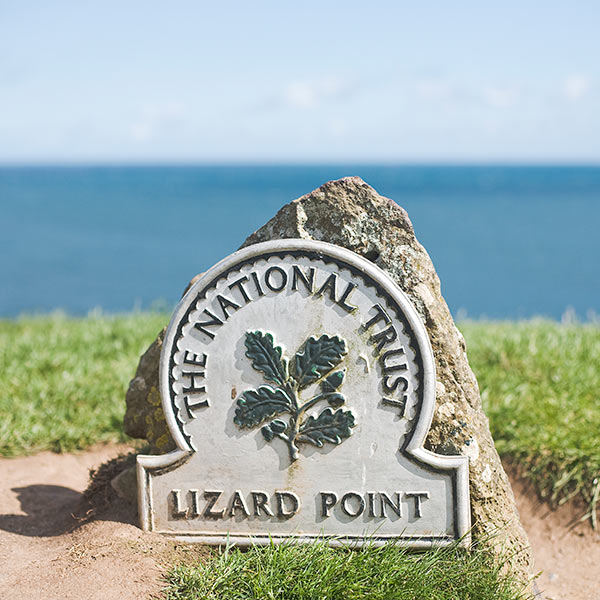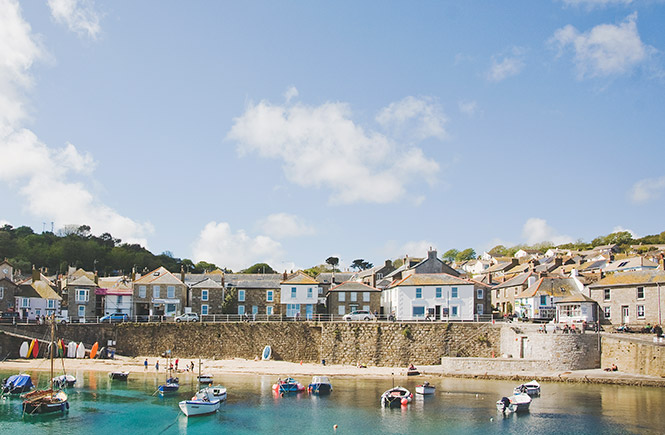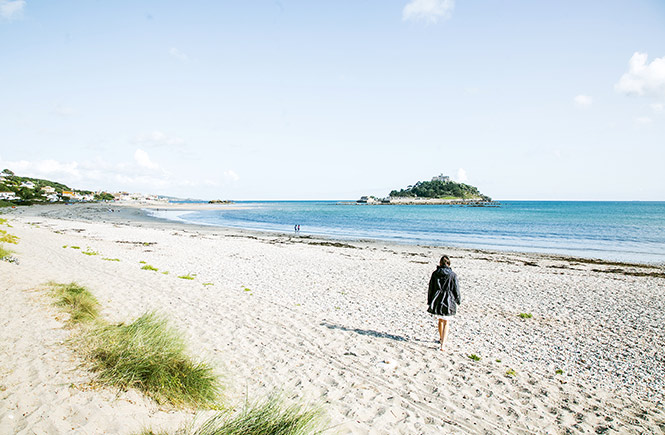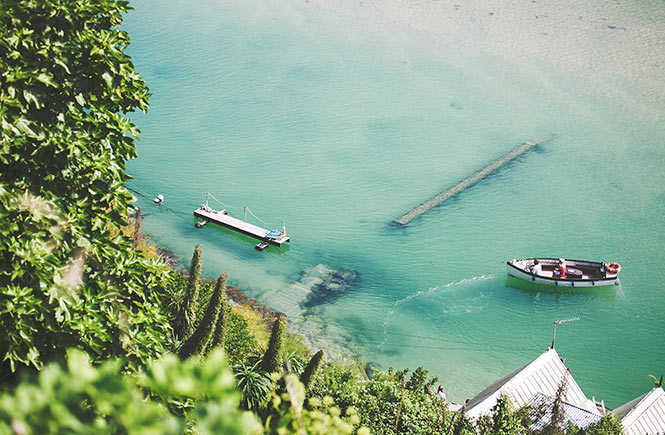About Kynance Cove
The largest rock is called Asparagus Island after the indigenous plant that grows wildly there and is just one example of the wealth of rare botanicals, birds and wildlife that inhabit the rugged heathland and craggy coastline of Kynance Cove, which is part of the Lizard National Nature Reserve.
Those with an eye for flora will be able to spy the springtime species of Early Meadow Grass, Land Quillwort and Three-lobed Water-crowfoot, while summer is a rainbow of blooms including orchids, Pale Heath Violet and Cornish Heath. And the gorgeously golden, coconut scented gorse is as beautifully prevalent here as it is elsewhere in the Duchy.
If you’re really lucky you might just spot a chough, which features on Cornwall’s coat of arms and is a distinctive red-billed, red-legged member of the crow family that is seeing a modern resurgence on the Cornish coast.
One of Kynance Cove’s many redeeming features is its mild climate, which makes it one of the warmest places year-round that can be visited during any season. Its southwest facing position means that it receives the majority of the day’s sunlight, while the cliffs and rocks provide shelter from the wind and sun if needed.

